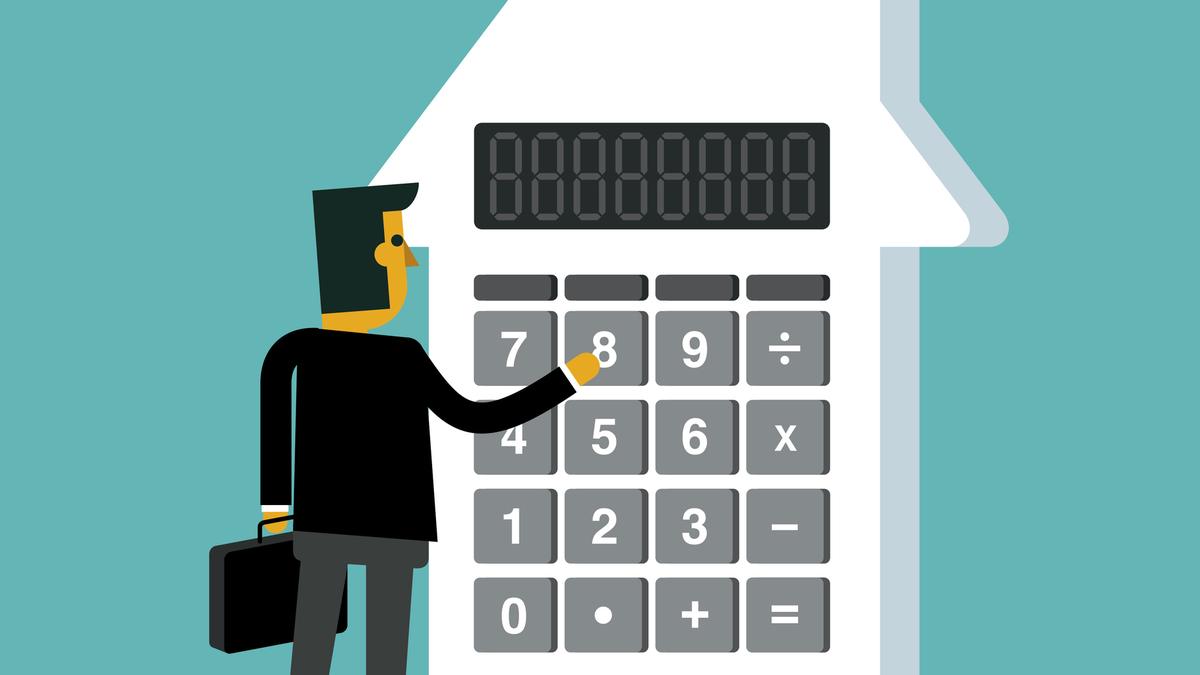For representative purposes.
| Photo Credit: Getty Images
The story so far: Finance Minister Nirmala Sitharaman’s announcement in the Union Budget about doing away with indexation for computing long-term capital gains (LTCG) tax has not drawn much enthusiasm. She had proposed that long-term gains on all financial and non-financial assets would now be taxed at 12.5% instead of a tiered structure, albeit abandoning indexation. A memorandum explaining the provisions of the Finance Bill (2024), stated that this was to “ease computation of capital gains for the taxpayer and tax administration”.
What purpose does indexation serve?
Imagine, an individual buys a house for ₹10 lakh in 2001. For reasons such as inflation and/or a vibrant property market, they are able to sell the same property in 2021 at ₹75 lakh. Here, it may appear that they gained ₹65 lakh and should be taxed accordingly.
However, the figure does not consider the price levels prevailing at the time of sale with that of purchase. This is where the Cost Inflation Index (CII) comes in. Indexation ensures that taxpayers are taxed on real gains than gains at prevailing prices, which are a result of general increase in prices, and not economic growth, during the course.
In the stated example, the CII for 2021 (that is, 317) would be divided by that for the base year 2001 (100) to derive a number. It would then be multiplied with the purchase price (that is, ₹10 lakh). Thus, the indexed cost becomes ₹31.7 lakhs and the individual’s taxable gain is revised downwards to ₹43.3 lakhs. At the erstwhile 20% rate, they would now be required to pay a long-term capital gains tax of approximately ₹8.7 lakhs. With the new system however, the ₹65 lakh would be taxed at a lower 12.5%. Thus, a tax liability of ₹8.13 lakh.
What is the issue?
Abhijit Mukhopadhyay, consulting economist at the Secretariat explained to The Hindu that the eventual tax liability is broadly determined by two factors, that is, the rate on return and the subjected time-period.
In this light, it is essential to note that not all assets may experience the same exponential growth as in the example above. This could be because of a flat market or a temporary period of slump. This is primarily where the indexation turns out to be more favourable. To illustrate, let us say that in 2021 instead of ₹75 lakh, the house is sold for ₹40 lakh. When adjusted with indexation, the tax liability is ₹1.66 lakh against ₹3.75 lakh without indexation.
Furthermore, a BankBazaar study, basing an assessment from the RBI’s House Price Index, observed that without indexation, LTCG tax went up about three times on properties purchased after 2010. Keeping its base year as FY 2010-11, the study noted a “severe loss of tax savings” especially in the years from 2016-17. “From zero tax liability across the board, we see significant liabilities arising for these years (since 2016-17),” the study found. The Income Tax department, however, estimates that real estate returns (12-16% per annum) are much higher than indexation for inflation (4-5%), depending on the period of holding. Therefore, it predicts “substantial tax savings” to a “vast majority” of taxpayers.
According to Mr Mukhopadhyay, an individual stands to benefit more from the revised provisions if they sell the assets expeditiously (say, 3-4 years) instead of holding it for a longer-time period (say, 10 years or more). Furthermore, he explained that with the change, real-estate investment trusts (REITs) and infrastructure funds stand to suffer because they “do not have the same high rate of returns as an equity market”. With respect to bonds, Anil Talreja, Partner at Deloitte India, held that feedback has been “a bit muted” given the lack of indexation. “Hence this may impact the popularity of the instrument,” he said.
What does this mean for assets?
According to Mr. Talreja, whilst the removal of indexation is “adding dampness” to the overall sentiment, the reduction of the base rate of tax was providing “balance to the dampness”. He explains, “A lot depends on the nature of the asset, the time when the asset was purchased (during the price boom or otherwise). Based on this, it would continue to lead to different reactions from various sections of the society.”
For real estate, Mr Mukhopadhyay observes that those looking to buy a second house for the purpose of investment may potentially refrain from doing so. “They would have to sell if off quickly to profit from the revised provisions,” he explains. The paradigm however is potentially minimised, according to him, for those who intend to buy a house to reside themselves. Pertinent to note here, the Income Tax department clarified that for assets acquired before April 1, 2001, the individual would have the option to choose between fair market value as on that date (April 1, 2001) and the actual cost of acquiring the asset as the basis to compute the capital gain on sale. This paves the way for an indexation cushion for pre-2001 acquisitions.
The other set of concerns as also pointed out by AAP MP Raghav Chadha in the Rajya Sabha, entail potential sale of properties at circle rates (minimum price at which a real estate is to be sold) only. Undervaluing the real estate helps furbish lower capital gains, thus, lesser taxation. Further, Mr Chadha also warned about increased black money transactions in the sector — another means to hide gains.
